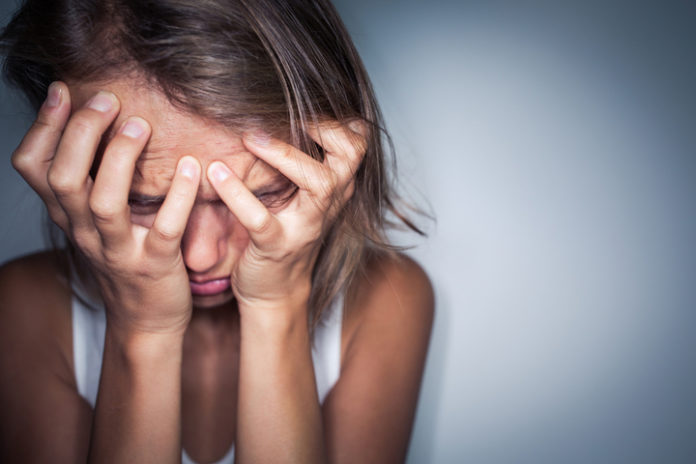As heroin use continues to rise across many demographics, Americans are scrambling to find solutions to the epidemic. According to the Centers for Disease Control, heroin use has risen across age groups regardless of income level or gender. Deaths nearly quadrupled between 2003 and 2013, with more than 8,200 deaths from heroin overdose in 2013.
“Heroin and opiate abuse rates have been increasing for years,” said Sara Ruwitch, a registered nurse in Colorado with experience in different mental health settings including inpatient hospitals and community mental health offices. “And when people stop using, they experience withdrawal, which is very uncomfortable.”
Cessation of opioid use is often accompanied by a variety of symptoms as the body detoxes.
“Even with treatment, many people will still experience withdrawal, which commonly includes flu-like symptoms, restlessness, nausea, diarrhea and difficulty sleeping,” Ruwitch said. In more extreme cases, the person can experience pain, tremors and muscle aches.
Many people that go through heroin withdrawal also have the fear that they will not survive the withdrawal process. This fear can contribute to relapse since a return to opiate use alleviates the symptoms.
Treatments for heroin addiction and withdrawal can be divided into two major categories, pharmacological and behavioral. Pharmacological treatment involves medications, while behavioral treatment uses therapeutic strategies.
Pharmacological treatments
Three varieties of medications are used to treat heroin addiction: antagonists, agonists and partial agonists.
An example of an antagonist is Naltrexone. Antagonists block heroin receptors in the brain, causing an interference with the rewarding effects of opioids without causing dependence or addiction. Methadone is an agonist that works by activating the opioid receptors in order to mitigate the desire to use more heroin.
However, methadone comes with risky side effects, which include feeling lightheaded or faint, shallow breathing, chest pain, pounding heartbeat, hives and hallucinations.
Partial agonists like Buprenorphine activate the receptors but produce a less pronounced response. This relieves opioid cravings without creating a “high” and can be prescribed by doctors, circumventing the need to take part in an outpatient program.
Buprenorphine does come with major side effects, such as blurred vision, confusion, difficulty breathing, dizziness, faintness, drowsiness, pinpoint pupils, unusual fatigue, pale or blue lips, fingernails or skin, relaxed or calm feelings, and lightheadedness upon standing.
When patients stop using buprenorphine, the brain may stop producing those natural chemicals, which leaves a void in the way it functions.
Pharmacological treatments can be especially useful during… (continue reading)
















